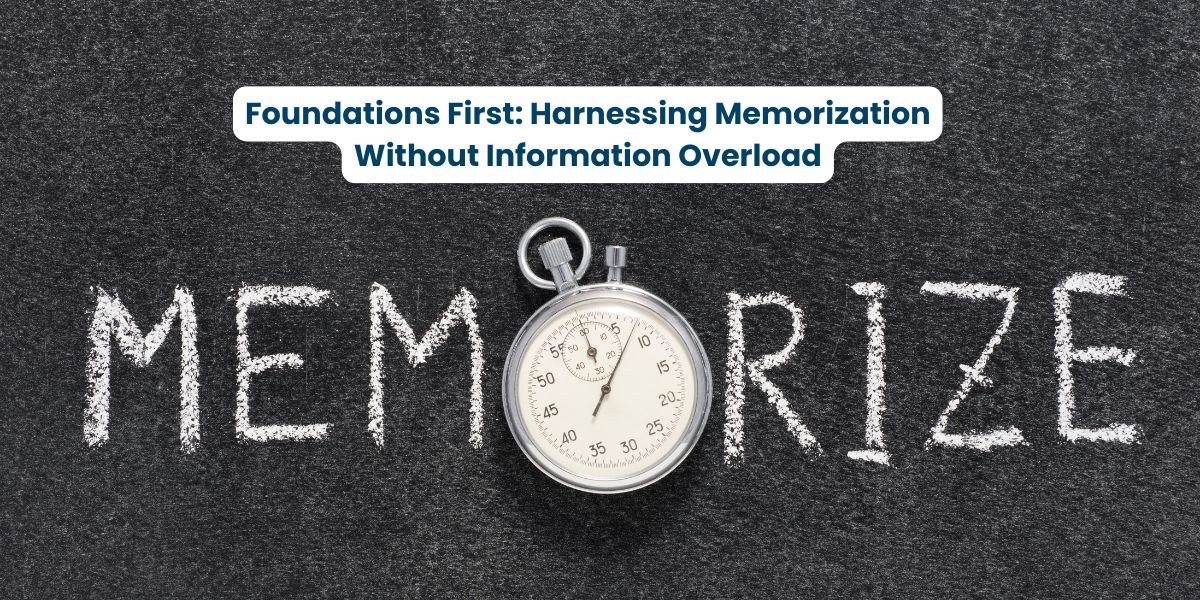
Unlock the Hidden Power of Punctuation: Write Clearly, Speak Smartly
Unlock the Hidden Power of Punctuation: Write Clearly, Speak Smartly
By Janaki K.B
“Let’s eat, Grandma!” vs. “Let’s eat Grandma.”
One tiny comma. A world of difference.
That’s the power punctuation holds. It’s not just a set of dots and dashes; it’s the secret code behind every clear, engaging, and powerful piece of writing. A misplaced mark can confuse a reader, change a meaning, or worse, turn a thoughtful message into a grammatical mess.
Whether you’re a student crafting essays or a parent helping with homework, mastering punctuation isn’t optional. It’s essential. And the good news? You don’t need a degree in linguistics to crack the code.
Let’s dive in.
Why Punctuation Matters More Than You Think
Punctuation is to writing what traffic lights are to roads.
Imagine a world without stop signs or signals. Chaos, right? Similarly, when punctuation goes missing, writing becomes unclear. Readers stumble. The message gets lost. And in school or the workplace, that confusion can cost marks, credibility, or even opportunities.
Punctuation helps us pause, stress, question, and connect ideas. It guides the reader’s eye and voice. It creates rhythm and logic. It’s how our words breathe.
The Core Squad: Meet the Key Players
Let’s get to know the main punctuation marks and their superpowers.
-
The Period (.)
Short. Firm. Final.
It tells the reader: We’re done here. Use it to end complete statements. Simple, right? But don’t sprinkle them randomly. A sentence needs a subject and a verb. Make it count.
Try this:
He ran to the shop. – ✔
Because he was hungry. – ❌ (That’s a fragment, not a sentence.)
-
The Comma (,)
Ah, the tiny curve that causes massive confusion. Yet, it’s a lifesaver. It separates items in a list, breaks up thoughts, and prevents misunderstandings.
Quick fixes:
- Use commas to avoid ambiguity: Let’s bake, kids!
- In lists: She bought pens, pencils, and a ruler.
- After introductions: After dinner, we played cards.
Just don’t overdo it. If you pause for breath every two seconds, your writing will feel choppy.
-
The Question Mark (?)
It invites curiosity.
If you’re asking something, use it. But only when the sentence is truly a question.
Are you ready? – ✔
I wonder if he is ready? – ❌ (That’s a statement. Use a period.)
-
The Exclamation Point (!)
Use it to express surprise, excitement, or strong feelings.
But be careful. Too many exclamation marks can make your writing feel like it’s shouting all the time. Use them for impact, not decoration.
You did it! – ✔
He opened the door! And saw a cat! It ran away! – ❌ (That’s just exhausting.)
-
The Colon (:) and Semicolon (;)
These two often confuse even adults. But when used well, they elevate writing.
- Colon: Use it to introduce a list or idea.
Bring these: snacks, water, and a notebook. - Semicolon: Use it to link two related sentences.
She loves to read; mystery novels are her favorite.
Start simple. Get used to them. They’re worth it.
Common Pitfalls to Avoid
Even experienced writers slip up sometimes. Here are a few traps to watch for:
- Comma splices: Don’t join two full sentences with just a comma.
Wrong: She was late, she missed the bus.
Fix: She was late. She missed the bus. (or use a semicolon or conjunction) - Too many exclamation marks: Limit them to one per page, max.
- Quotation marks inside-out: Punctuation usually stays inside the closing quotation mark in American English.
Correct: “I’m ready,” she said.
How to Teach It Without Tears
Parents, here’s your secret weapon: make it real.
Don’t rely on dry worksheets. Bring punctuation to life with games, stories, and examples from real-world writing.
- Play “Punctuation Swap.” Read a sentence aloud with wrong punctuation. Let your child correct it.
- Use visuals. Show them memes or signs with punctuation fails (they’re everywhere!).
- Create silly sentences. Try ones that change meaning with punctuation. They’ll remember what they laughed at.
Consistency matters more than cramming. Sprinkle it into daily life—a little each day goes a long way.
Punctuation Checklist – Student
Before you hit “submit,” run through this:
- Does each sentence end properly?
- Have you used commas to separate ideas clearly?
- Are question marks and exclamation marks in the right places?
- Did you avoid run-on sentences?
- Bonus: Read it aloud. If you run out of breath or stumble, punctuation might need fixing.
Final Thoughts: Punctuation Is a Superpower
Here’s the thing: punctuation doesn’t limit your writing. It unlocks it.
Mastering it gives your words strength, clarity, and polish. Whether you’re writing a school essay, a heartfelt letter, or a college application, punctuation is your silent ally.
So let’s stop treating it like grammar’s boring cousin.
Let’s decode it, use it, and celebrate it—for what it really is.
A tiny set of marks that unlocks huge potential.



